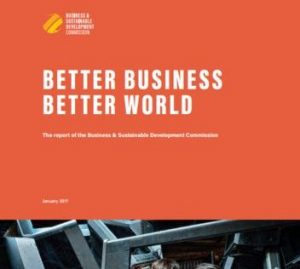Primary Functions
- Learn how the WASH Pledge for Access to safe Water, Sanitation and Hygiene at the Workplace was implemented to improve employee WASH access and associated challenges and lessons, using Électricité de France as an example.
Detailed Description
The World Business Council for Sustainable Development (WBCSD) is calling for businesses to sign the Pledge for Access to Safe WAter, Sanitation and Hygiene (WASH) at the Workplace, which aims to ensure appropriate access to safe WASH for all employees in all premises under direct company control. This case study relates implementation experience by Électricité de France (EDF), as one of the first signatories of the Pledge.
Implementation is on the way via the inclusion of the Pledge within two existing EDF processes: (1) The Commission for Hygiene, Security and Working Conditions of employees – an institution in charge of employee health, safety and working conditions; and (2) EDF’s Corporate Social Responsibility Agreement.
This case study provides implementation details by focusing on the Nam Theun II dam in Laos, a leading practice example when it comes to EDF’s construction sites. Besides giving a concrete overview of what implementing the Pledge means in practice – showing that implementation can be efficient albeit very simple – such a successful story demonstrates the “applicability” of the Pledge to mobile remote worksites in which the Pledge implementation is less straightforward than in factories or offices. Issues such as implementation across the value chain – both for suppliers and employees’ homes and communities – are addressed as well, even though it is imperative to bear in mind that they are not part of the Pledge commitment as such.
We encourage others to follow EDF’s example and share their experiences as part of the sharing and learning process from implementation of water, sanitation and hygiene within company operations. Indeed, both the Guiding Principles for Implementing the Pledge for Access to Safe WASH at the Workplace and the Self-Assessment Tool that the WBCSD has developed to support Pledge implementation by signatories are living documents: they will continue to evolve over the years as companies provide feedback on the strategies that have worked well and those that have been less successful.





